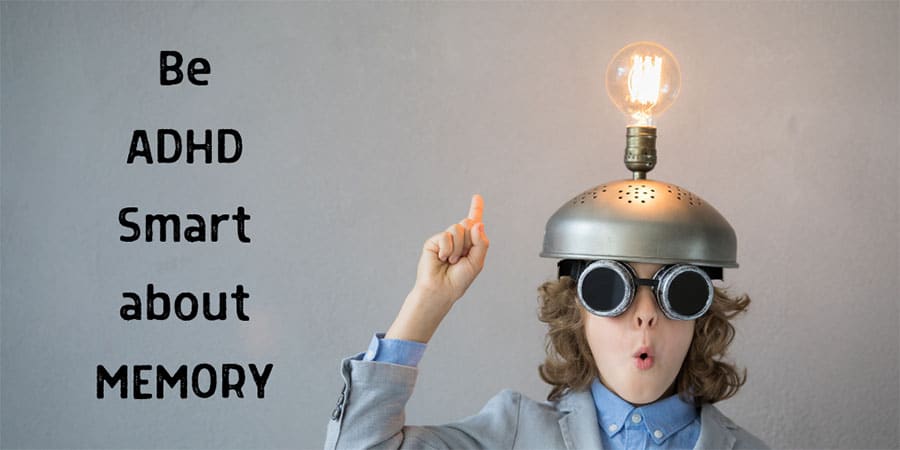With ADHD, it’s tough to keep a set of instructions in mind until a task is done. That’s because working memory gets overloaded—and distracted—really fast. Working memory is the brain’s juggler. So, if you ask your child to do three things—brush your teeth, put on some socks, and get your knapsack—the juggler tries to hold onto all the pieces at once while it runs upstairs to get the tasks done.
But often those tasks don’t get done. Why?
Because in ADHD the brain’s working memory can juggle only a few things at once, and it often gets distracted. Maybe the juggler is doing just fine holding all three things in mind as it runs upstairs—until it gets bounced off-track by something much more interesting than socks. A toy, a game, a book? Suddenly, the juggler wants to pick up those balls, too. And the toothbrush, socks and knapsack are forgotten, because balls drop when more balls are added.

So, what’s a parent to do? Blogs and books on ADHD will encourage you to do this: 1) look your child in the eye to get your child’s attention, and 2) ask your child to repeat the instructions before heading upstairs.
Does this work? Nope. Probably not. And cognitive science says it probably won’t work either. Why?
Because simply repeating information is a “shallow” form of processing (as cognitive scientists call it) that does little to help information stick. If you’re at a party, hearing a person’s name and repeating it once or twice won’t be as helpful as using a memory strategy to process the information more deeply. Imaging a woman named Wendy devouring a hamburger (as in the Wendy’s hamburger chain) will be much more effective for memory than simply repeating mentally, “Wendy, Wendy, Wendy,” when you first meet her and hear her name.
So, what does this mean for you and your child? Well, your child may be able to hold onto more instructions at once if funny visuals are created. For example, if you ask your child to go upstairs, brush his teeth, put on some socks, and get his knapsack, have your child create a funny visual with you before going upstairs. Does thinking about the family dog brushing his teeth while wearing a huge knapsack and striped red socks help your child hold onto all the tasks mentally without forgetting any?
Discuss the mental image in detail to help it “stick” before your child heads upstairs. Talk about the foaming toothpaste making a mess, the oversized knapsack stuffed with papers that are falling out everywhere, and the striped socks full of holes. Adding action and unusual elements to the mental picture you build will make specifics more memorable. Cognitive scientists call this extra memory work “deep” versus “shallow” processing.
Give it a shot. And maybe when your child hits university, memory strategies like funny visuals to make information stick will come naturally—because simply reading lecture notes over and over again, or highlighting pages and pages of textbooks, are shallow strategies that won’t lead to solid remembering at test time.
Be ADHD smart. Know the science. Use the science.











